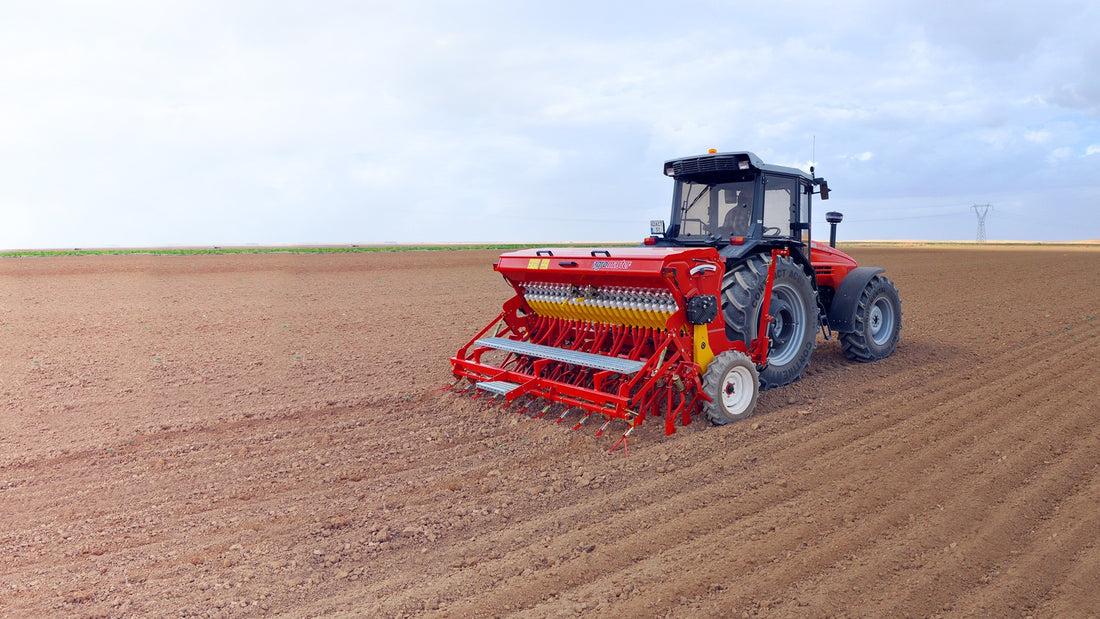Agriculture has come a long way from its humble beginnings, with innovations playing a key role in enhancing productivity and efficiency. One such game-changing tool is the seed drill, a piece of equipment that has revolutionized the way farmers sow seeds. By automating and optimizing the sowing process, seed drills provide numerous advantages that directly contribute to higher yields, better resource management, and improved farming efficiency. Let’s explore the key benefits of this remarkable agricultural technology.
1. Uniform Seed Distribution
One of the primary advantages of using a seed drill is its ability to distribute seeds evenly across the field. Traditional sowing methods, such as manual broadcasting, often lead to uneven spacing and overcrowding, which can hinder plant growth. With a seed drill, seeds are placed at precise intervals, ensuring optimal spacing. This uniformity reduces competition for nutrients, water, and sunlight among plants, resulting in healthier crops and higher yields.
2. Improved Seed Placement and Depth
The seed drill ensures that seeds are placed at a consistent and ideal depth in the soil. Proper seed depth is critical for germination, as it ensures that seeds are neither too shallow (exposed to birds and pests) nor too deep (hindering sprouting). This precise placement increases the likelihood of successful germination and promotes uniform crop growth.
3. Time and Labor Efficiency
Sowing seeds manually is a time-consuming and labour-intensive process. A seed drill significantly reduces the time required for sowing, enabling farmers to cover larger areas in a shorter time frame. This efficiency allows for timely planting, which is crucial for taking advantage of optimal growing conditions. Additionally, it reduces the need for extensive manual labour, cutting down on operational costs.
4. Reduced Seed Wastage
With manual methods, a significant amount of seed can be wasted due to uneven spreading or poor placement. The precision of a seed drill minimizes wastage by ensuring that each seed is planted where it can grow effectively. This not only saves money but also conserves resources, making farming more sustainable.
5. Enhanced Soil Health
Seed drills are designed to minimize soil disturbance compared to traditional methods. They create narrow furrows for seed placement, which reduces soil erosion and preserves the soil’s structure and moisture. Healthy soil is essential for sustained agricultural productivity, and the seed drill contributes to maintaining its integrity.
6. Better Use of Fertilizers
Many seed drills are equipped with mechanisms to apply fertilizers simultaneously during the sowing process. This integration ensures that nutrients are placed close to the seeds, enhancing their availability during germination and early growth. Such efficient use of fertilizers reduces waste and improves crop quality.


